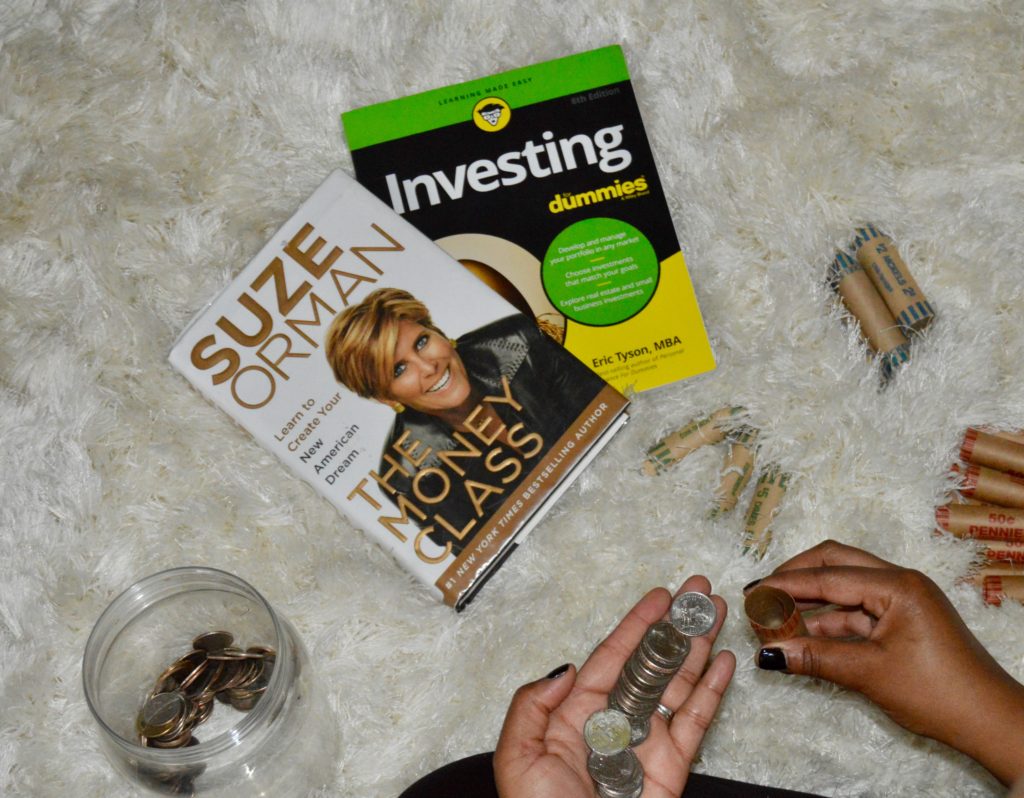I have a confession.
For the very first time since graduating from college, I’m able to provide for myself. This is the first time in nine l o n g years that I’m no longer dependent on my love.
It’s crazy how much a difference a year can make. I remember times when I was out with friends laughing and telling stories yet pretending to have fun. I say pretending because the whole time, I was ringing up the cost of every app, meal, and cocktail in my head. And just so we’re clear, math has never been my strong suit. But for years I calculated like I was a CPA during tax season.
If that’s not crazy enough, I used to fear making financial decisions. Like, not going to try, can’t decide, terrified to buy type of fear. I mean, what if something goes wrong? Or worse, what if I mess up our money, how will we bounce back? Again, only a year ago, I felt embarrassed, ashamed, and guilty about my financial situation.
So, you can see why I’m not buying into advertisers’ “income tax season equals shopping spree” mentality. I don’t have time. I need to catch up. Even if that means rolling coins like my aunt used to do.
I don’t know your money story, but we could all use a little financial help. If you agree, here are three simple ways I’m breaking the cycle of financial dependence this income tax season:
1. Save Using A High Yield Savings Account
If you’re like me, you’ve had an account at the same financial institution since you were a teenager. I would bet that it’s a brick and mortar bank or credit union and there’s nothing wrong with that. But, you know and I know, you’re never going to see real gains from, a traditional savings account. Don’t believe me? Check your interest summary on your bank statements. I bet you made pennies — literal pennies last year.
Meanwhile, in January, I opened an American Express High Yield Savings Account. With an initial deposit of $300 at an interest rate of 2.07 percent, I’ve already made $1.17. Granted, I’m still not rich, but I’ve earned almost as much with my Amex account in three short months than with my bank in a year.
2. Invest in a Roth IRA
To be honest, I opened a Roth IRA because the diner I worked at didn’t have a retirement fund. Looking back though, I’m grateful I had the foresight to open it.
In case you’re unfamiliar, the main difference between a traditional IRA and a Roth IRA is when you receive a tax-break. Another difference is when you’re allowed to legally withdraw from your account without a penalty. The traditional IRA is not taxed as long as you withdraw from it when you’re at least 59.5 years old. A Roth IRA is money that’s taxed today and gives you the freedom to withdraw the money you contributed at any age. Granted, that’s not the goal here, but if something came up, with a Roth IRA, you have options. This year, you can contribute $6,000 so I’ve been saving $200 from every paycheck. I’m also going to use my tax refund to max it out this year.
3. Create an Emergency Fund
Y’all. It’s no secret that I’ve struggled professionally. I’ve secured the bag and lost it too. Once, I lost it 10 days after my birthday. That’s why I’m doing everything I can to break what seemed like a never-ending cycle. Per Suze Orman’s Women & Money book and podcast, I’m saving an eight-month emergency fund.
I’ll admit, that sounds like A LOT. And, it feels a little unobtainable too, which is why I’m saving a little bit each pay check AND using my refund. But if you’ve ever struggled with employment (or underemployment) you know exactly why it’s necessary. There are no guarantees in this job market. So while I’m stable, I’m going to do whatever I can to stack, stash, and save because you never know.

